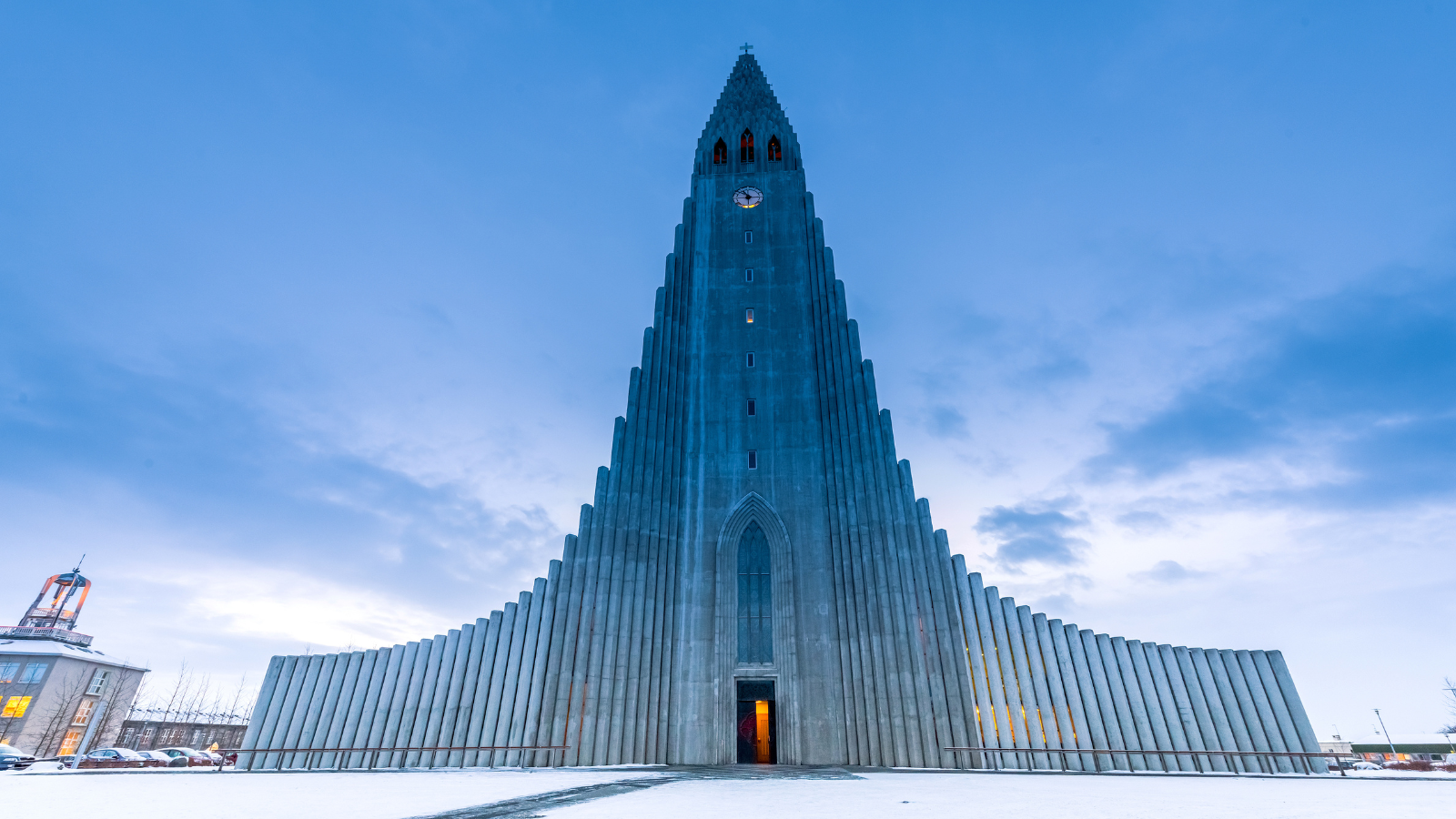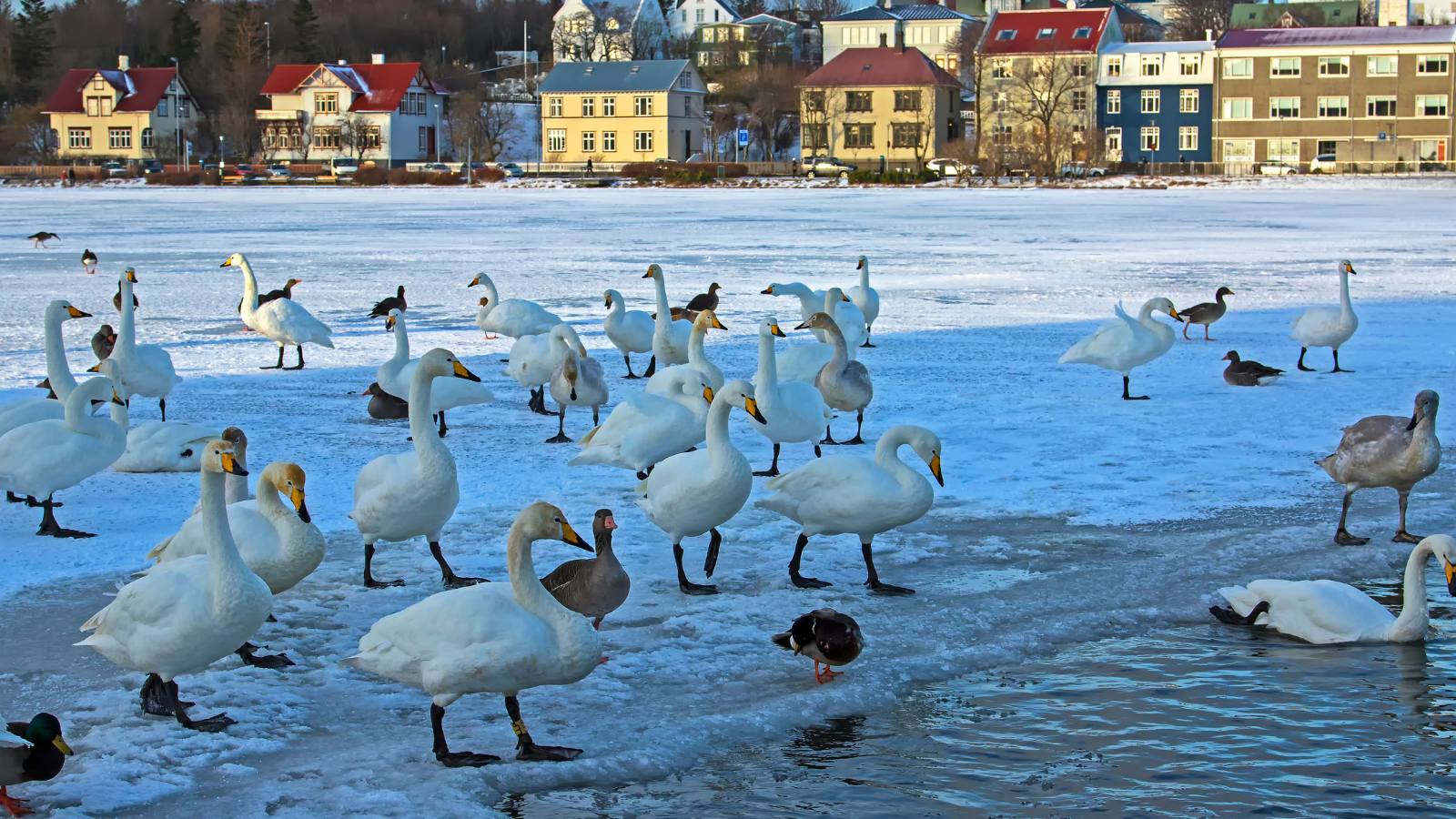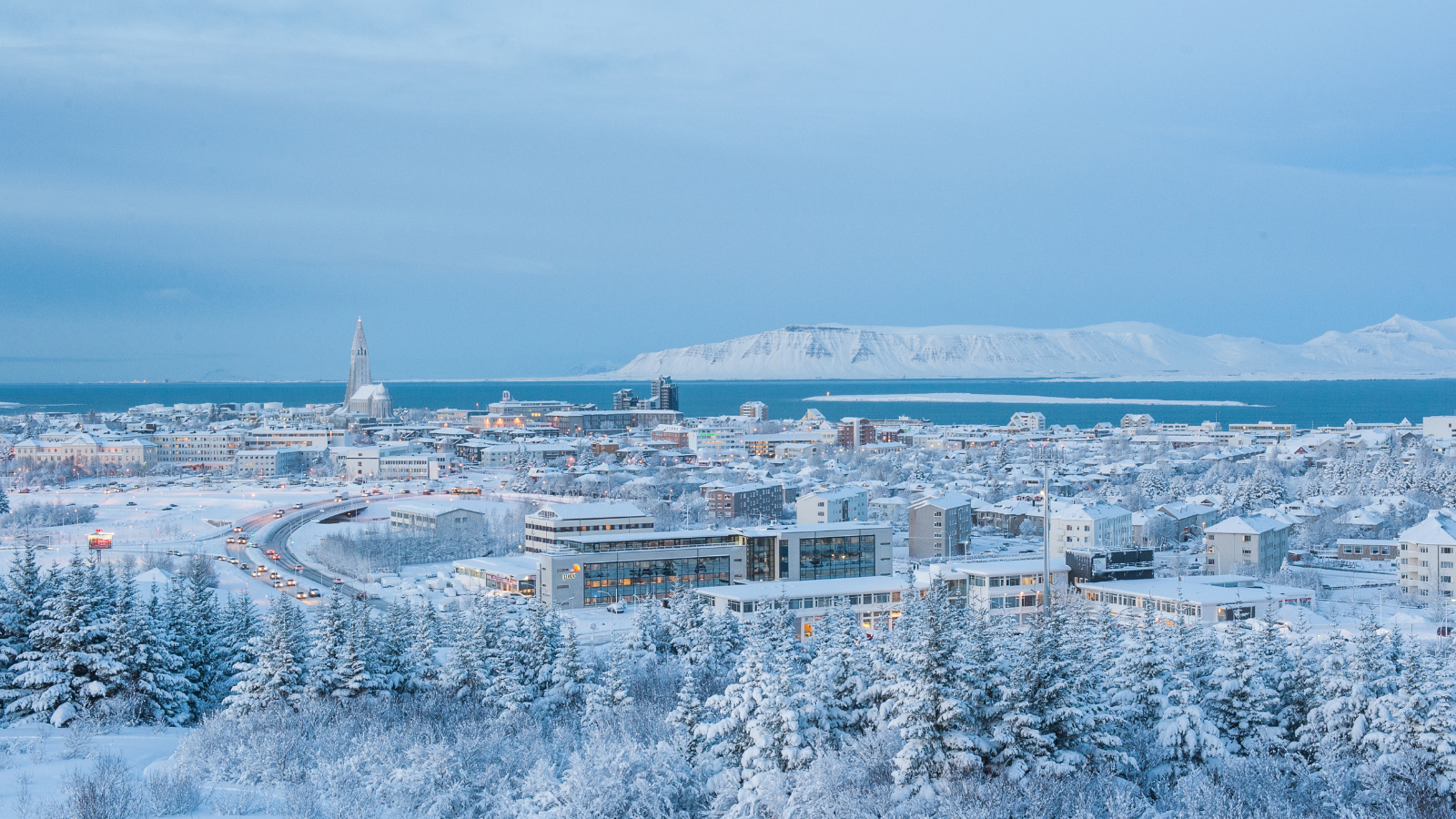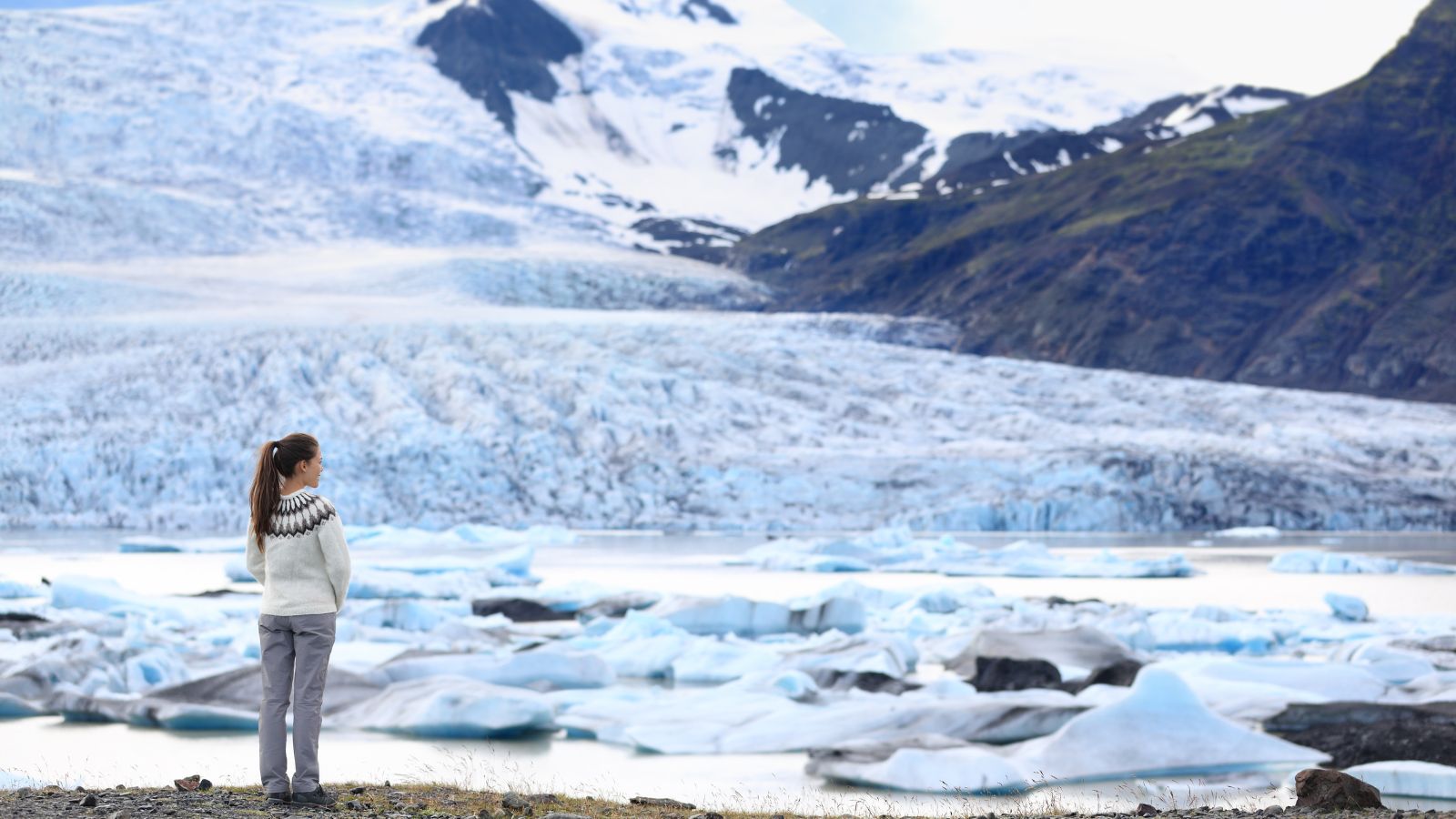
If you’re planning a trip to Iceland, you probably have a lot of questions about what type of weather to expect when you are there. Most people who visit Iceland spend at least some time in Reykjavík, so it’s important to understand what type of weather you should expect in the city. For lots of visitors to Reykjavík, snow is a topic of interest. Some people may be very keen to experience snow during their visit, while others may be concerned about how snow might affect their visit. Here, we’ll tell you everything you need to know about what to expect when it comes to snow in Reykjavík.
Does it Snow in Reykjavík?
The short answer is yes, it does snow in Reykjavík. As would be expected for a country with coastlines along some of the coldest waters in the world, Iceland gets a fair amount of snowfall. However, Reykjavík is located in the south of the island, where the climate is a little milder compared to other regions of the country. So, while snow does fall in Reykjavík, it doesn’t happen as frequently or as heavily as in the north or the highlands.
How Much Snow Does Reykjavík Get?
As you might imagine, winter is when the capital experiences the most snowfall, between the months of late October and late April. December, January, February and March typically bring the most snowfall, with an average 1-inch accumulation, though sometimes up to two inches or more during these periods. If you plan to visit during these months, don’t be too concerned about your visit being disrupted. Reykjavík is prepared for snow, and you can still get out and enjoy the sights without trouble.
Average Snow in Reykjavík by Month
If you really want to break down the average snowfall in Reykjavík by month, this table should help you plan for your visit.
Month | Average Snowfall Centimeters | Average Snowfall Inches |
January | 5cm | 2in |
February | 5cm | 2in |
March | 6cm | 2.4in |
April | 3cm | 1.2in |
May | 0.5cm | 0.2in |
June | 0cm | 0in |
July | 0cm | 0in |
August | 0cm | 0in |
September | 0.5cm | 0.2in |
October | 1cm | 0.4in |
November | 3cm | 1.2in |
December | 5cm | 2in |

More about the Weather in Reykjavík
Iceland is well known for weather that can change quickly and dramatically without much warning. For this reason, it’s important for you to know what to expect. Though you now know that Reykjavík doesn’t normally get an inconvenient amount of snow, you might still want to know a little more about the city’s weather in general.
Reykjavík gets a lot more rain than snow, with the rainiest parts of the year occurring between the months of September and February. During these months of the year, the city typically gets an average of 4 inches of rain, though sometimes as much as 7 or even 8 inches. This is why visitors are always advised to bring plenty of waterproof gear when packing for a trip to Iceland! Even in the summer months like June and July, visitors can expect rainfall in the area of 2-3 inches, so it’s always important to prepare for wet weather when traveling to Reykjavík.
In terms of temperatures in Reykjavík, you might be surprised. Many people expect Iceland to be extremely cold when in reality, it’s one of the milder Nordic countries. During the colder months (November to April) you can expect high temperatures up to about 4C (40F) and lows dipping down to roughly -2C (28F). Explore our blogs to find out more about the warmest times and best times to visit Iceland. You can also learn about Iceland’s temperatures month by month.

Does it Snow in Iceland?
If you’ve seen more than a handful of photos of Iceland, they’ve probably included snow! The answer is a resounding yes - it does snow in Iceland, though maybe not as much as you would expect of a Nordic country.
When Does it Snow in Iceland?
Chances are, if you’re coming all the way to Iceland, you’ll want to get out of Reykjavík and see as much as you can. For this reason, it’s important to know what you should expect in terms of snow in areas of Iceland outside of the capital city,
Snowfall in Iceland typically begins in late October and can last as late as the end of April. The peak months for snow in Iceland are December, January, February, and March.
In most instances, if you stick to the main roads like the Ring Road, you’re unlikely to experience any difficulties when driving in the snow in Iceland. During the winter, all of our rental cars are fitted with snow tires, and if you want to be extra cautious, you can always choose to hire a 4x4.
How Much Snow Does Iceland Get?
While Reykjavík experiences lighter snowfall, areas like the Westfjords, Akureyri in the north, or the remote Highlands can all experience significant snowfall, sometimes sitting beneath a thick blanket for the whole season. In fact, the Highlands get so much snow that the roads are closed and completely inaccessible during the winter months, meaning you’re unable to explore attractions located on F Roads.

Average Snowfall in Iceland by Month
Considering that different areas of Iceland get different levels of snow, it can be tricky to say generally how much snow Iceland gets as a whole. But taking all areas into account, the table below can tell you more about anticipated snowfalls in Iceland, month by month.
Month | Average Snowfall Centimeters | Average Snowfall Inches |
January | 15cm | 5.9in |
February | 18cm | 7.1in |
March | 20cm | 7.9in |
April | 12cm | 4.7in |
May | 3cm | 1.2in |
June | 0cm | 0in |
July | 0cm | 0in |
August | 0cm | 0in |
September | 2cm | 0.8in |
October | 5cm | 2in |
November | 10cm | 3.9in |
December | 14cm | 5.5in |
So, there you have it! Whether you’re sticking close to Reykjavík or plan to travel all over Iceland, you should have all the information you need regarding how much snow to expect. You may also want to do some research on which type of car you should rent in Iceland, depending on your plans!